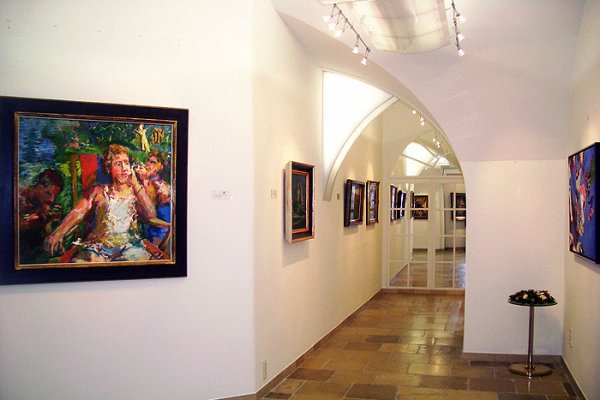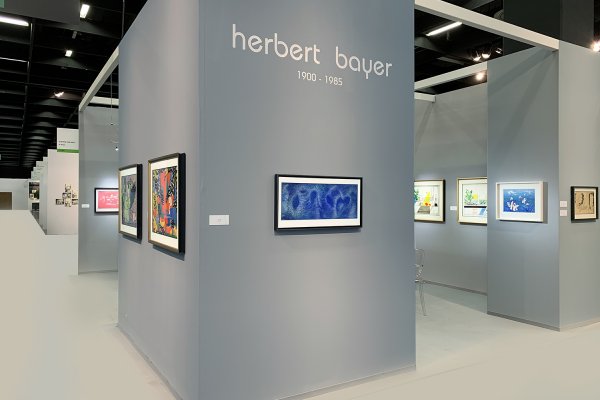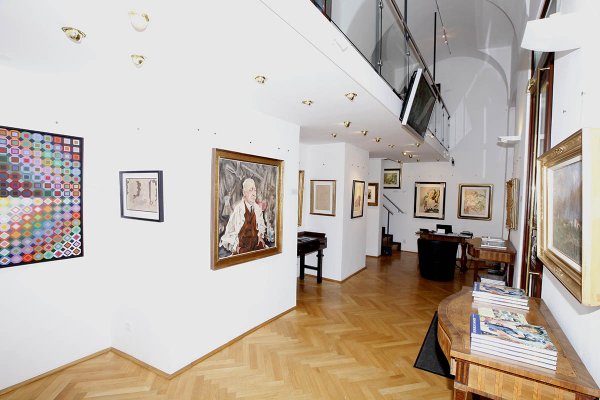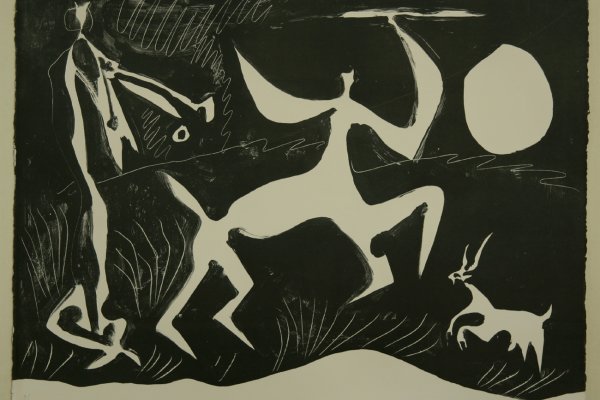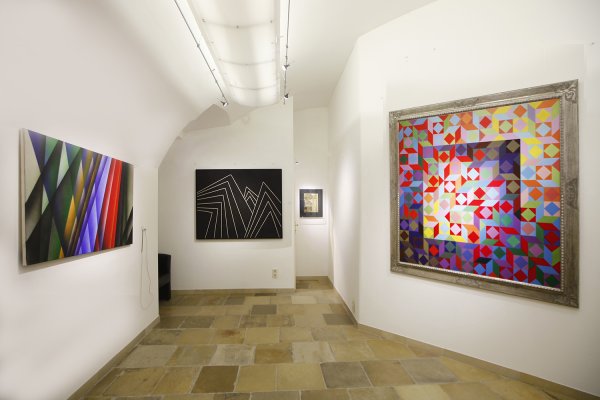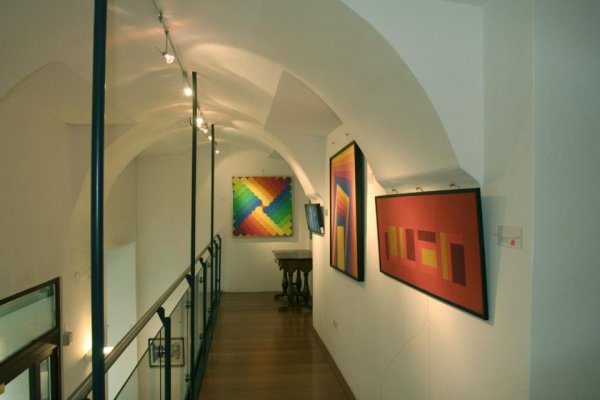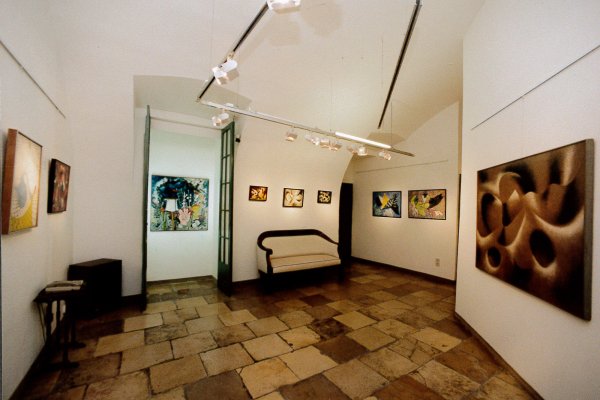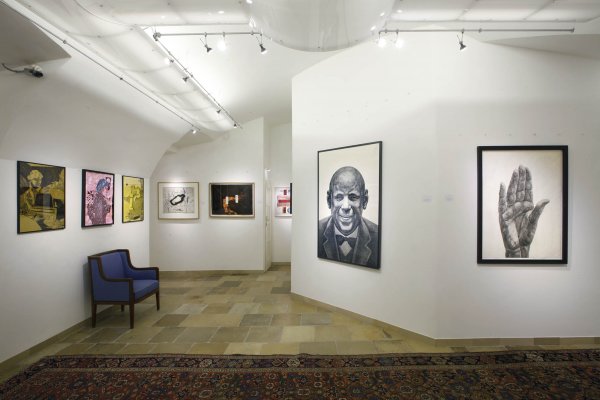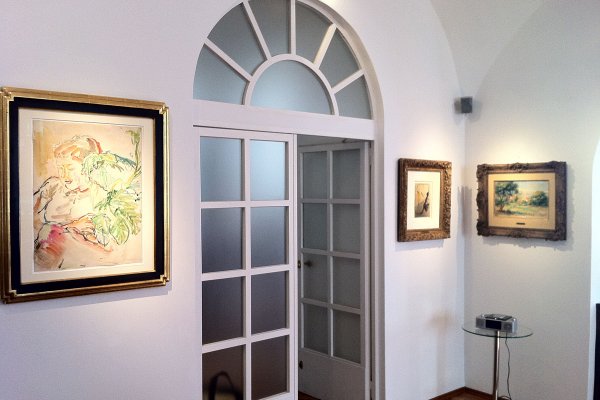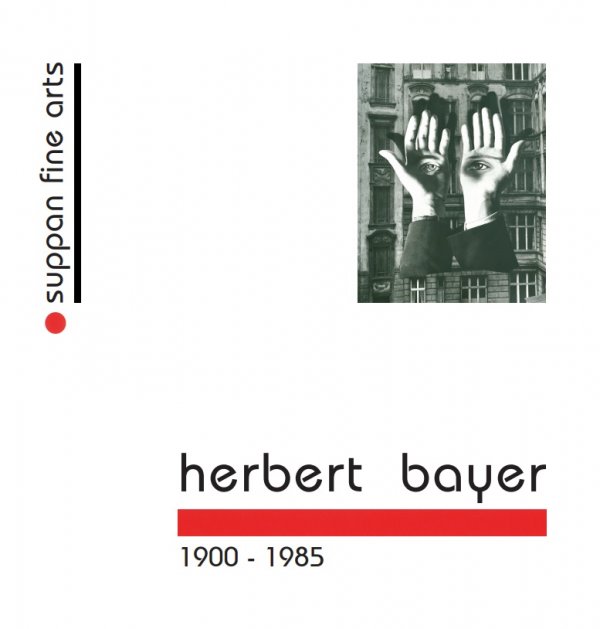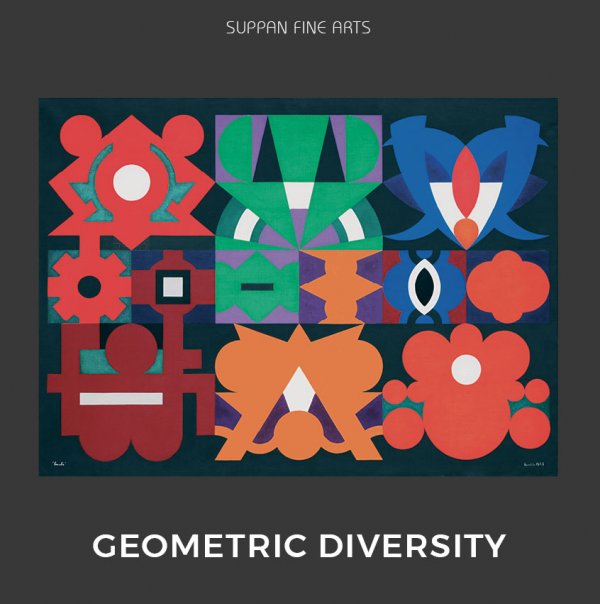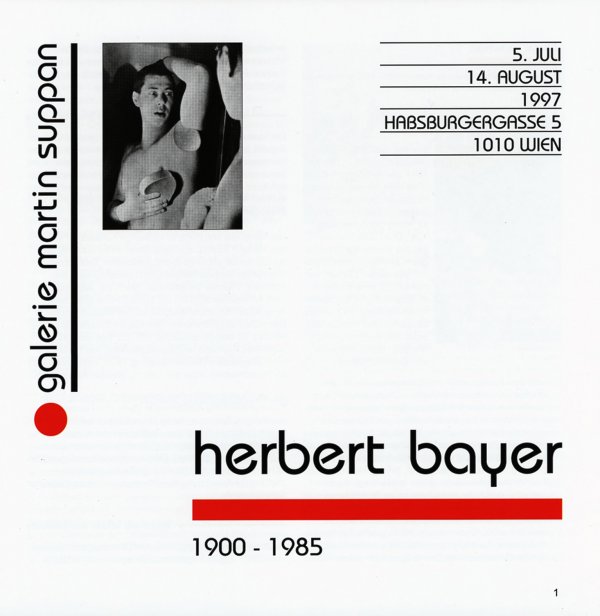Herbert Bayer
Herbert Bayer (1900 – 1985) was one of the most influential students, teachers and proponents of the Bauhaus movement. He was an Austrian and American graphic designer, painter, photographer, sculptor, art director, environmental and interior designer, and architect. Between 1921–1922, he enrolled in the preliminary course with Johannes Itten. After that, he studied mural painting with Vasily Kandinsky and typography, creating the Universal alphabet, a typeface consisting of only lowercase letters that would become the signature font of the Bauhaus. In 1925, Walter Gropius appointed him as a junior master. From 1925 to 1928, he was the director of the newly founded printing and advertising workshop at the Bauhaus Dessau. After leaving Bauhaus in 1928, he began making his own photographs. However, in his years as a teacher the school was a fertile ground for the New Vision photography passionately promoted by his close colleague László Moholy-Nagy. In 1930, he designed the Deutscher Werkbund (German Work Federation) exhibition in Paris together with Walter Gropius and László Moholy-Nagy.
In 1938 Bayer emigrated to the United States with an invitation from Alfred H. Barr, Jr., founding director of The Museum of Modern Art, to apply his theories of display to and to design the exhibition Bauhaus: 1919–28 at MoMA in 1938. In the USA, he was mainly active as a painter, advertising graphic designer and exhibition designer and worked for many companies and institutions. 30 years later, the exhibition 50 Jahre Bauhaus (50 years of Bauhaus) in Stuttgart was also set up according to his design.
His oeuvre remains to be represented by the most important museums in the world, including the Museum of Modern Art, New York; Metropolitan Museum, New York; Tate Modern, London; Belvedere Museum, Vienna; Lentos Museum, Linz; Mumok, Vienna and many more.
VIDEO
Buy directly in Online Store
Works
-

Herbert Bayer
untitled, ca. 1962
Tapestry
176 x 100 cm -

Herbert Bayer
Euclidean city, 1956
Oil on canvas
101,2 x 131,6 cm -

Herbert Bayer
Horizontal ascent, 1954
Oil on canvas
63,3 x 46,2 cm -

Herbert Bayer
Wind, 1952
Oil on masonite
30,4 x 75,9 cm -

Herbert Bayer
Wings over mountainlake, 1947
Oil on canvas
75,9 x 106,3 cm -

Herbert Bayer
undulation in pink and green, 1947
Oil on canvas
48,1 x 55,7 cm -

Herbert Bayer
window no. 5, 1943
Watercolour on paper
55,7 x 83,5 cm -

Herbert Bayer
Red leaf in wind, 1943
Watercolour, pencil on paper
57,6 x 78,7 cm -

Herbert Bayer
flat trees, 1928
watercolour on paper
27,2 x 43 cm

